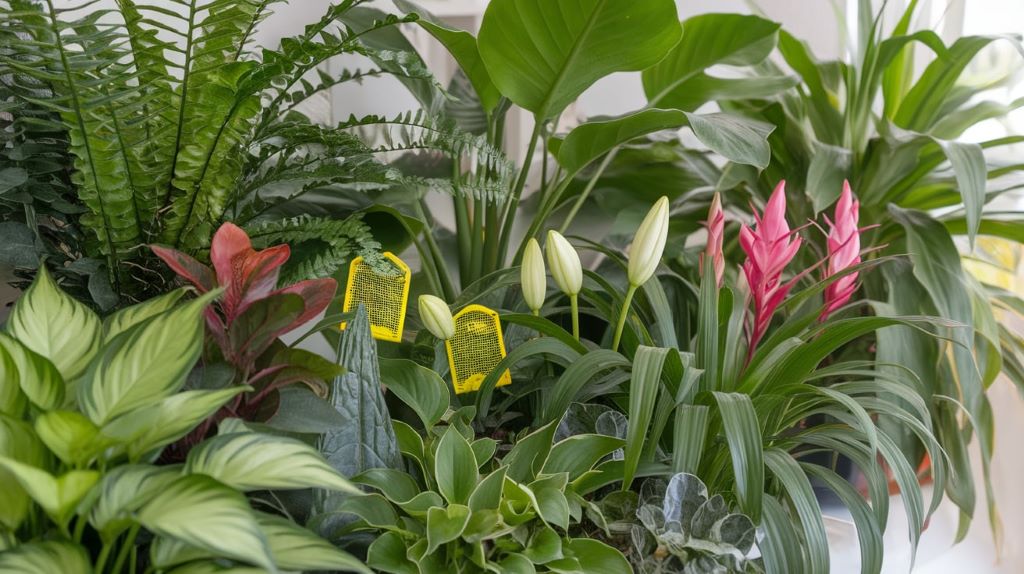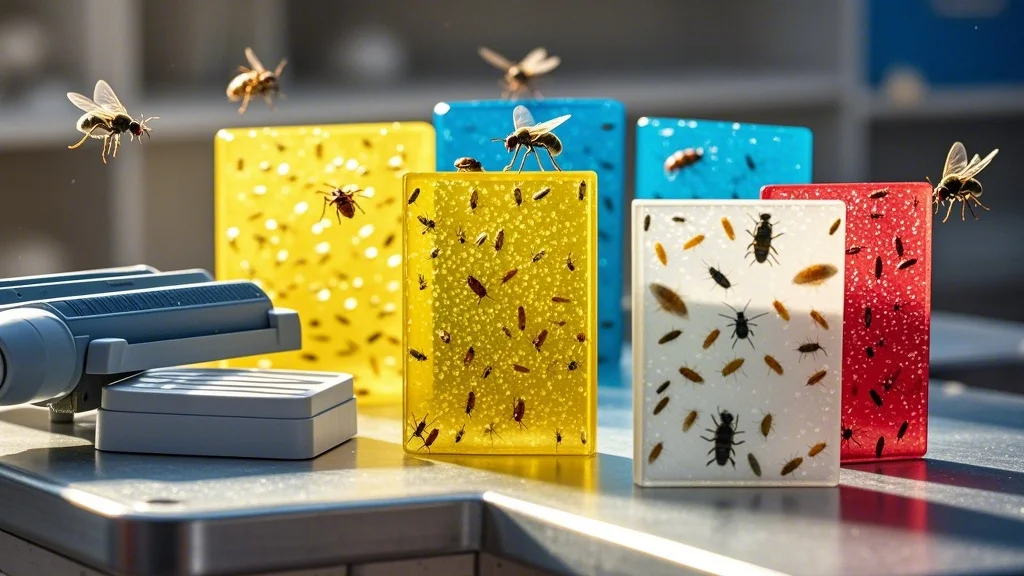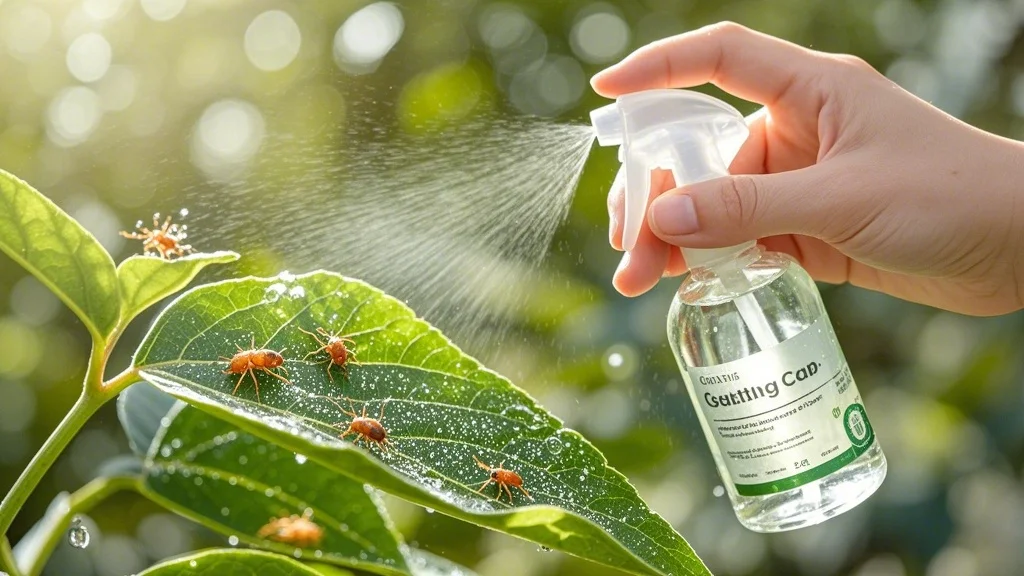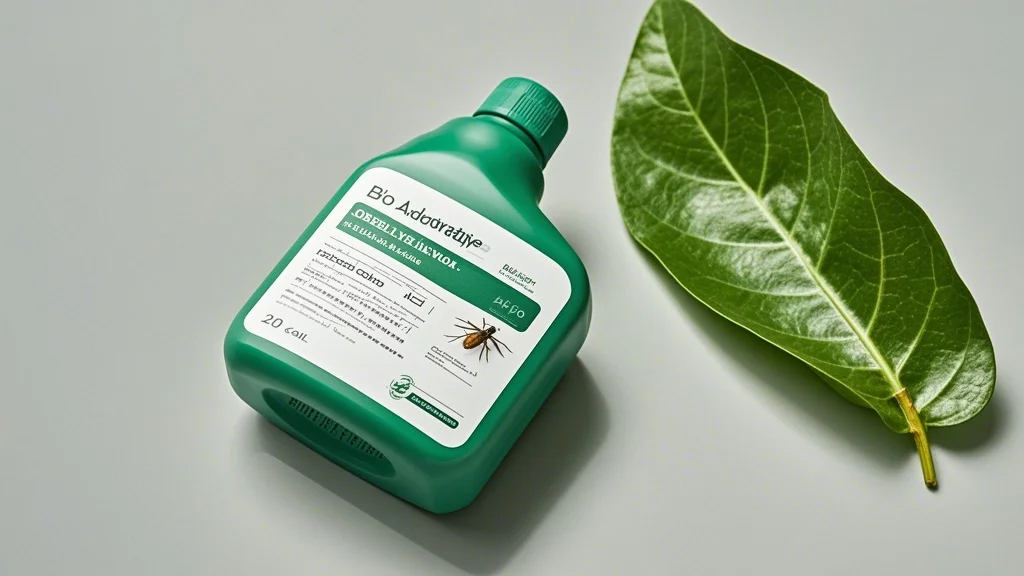For urban gardeners and houseplant enthusiasts, maintaining a healthy indoor garden can be challenging, especially when it comes to pest management. One of the most effective tools in an indoor gardener’s arsenal is the humble sticky trap. These simple yet powerful devices serve as both an early warning system and a method of pest control. In this comprehensive guide, we’ll explore how to use sticky traps effectively for pest monitoring and how to interpret the results to keep your indoor garden thriving.
Contents
What Are Sticky Traps?
Sticky traps, also known as insect monitoring cards or pest detection strips, are adhesive-coated cards or sheets designed to capture flying insects. They come in various colors, with yellow being the most common due to its attractiveness to many pest species. These traps work by luring insects with their bright color and then trapping them on the sticky surface when they land.
Why Use Sticky Traps?

- Early Detection: Traps can alert you to pest problems before they become visible on plants.
- Population Monitoring: Regular checks help track pest population trends over time.
- Species Identification: Captured insects can be identified to tailor your pest management strategy.
- Non-Toxic Control: Traps offer a pesticide-free method of reducing flying insect populations.
- Targeted Approach: By identifying specific pests, you can implement more focused control measures.
Types of Sticky Traps

- Yellow Sticky Traps: The most versatile, attracting a wide range of flying insects.
- Blue Sticky Traps: Particularly effective for thrips and fungus gnats.
- White Sticky Traps: Used for monitoring whiteflies and aphids.
- Red Sticky Traps: Sometimes used for specific pests like apple maggot flies.
How to Use Sticky Traps Effectively
Placement
- Distribute traps evenly throughout your indoor garden.
- Place traps near plant foliage but not touching leaves.
- Position some traps at soil level for fungus gnats and others at plant height for flying pests.
- Use 1-2 traps per large plant or 1 trap per 100 square feet of growing area.
Installation
- Remove the protective covering from both sides of the trap.
- Attach traps to stakes or hang them using provided hooks or twine.
- Ensure traps are secure and won’t blow around in air currents.
Monitoring Schedule
- Check traps weekly during active growing seasons.
- Increase frequency to every 2-3 days if you suspect an infestation.
- Replace traps every 2-4 weeks or when they become covered with insects.
Interpreting Sticky Trap Results
Step 1: Count and Identify
- Use a magnifying glass to examine trapped insects.
- Count the number of each type of insect.
- Use pest identification guides or apps to determine species.
Step 2: Assess Population Levels
Low Population:
- 1-5 insects per trap per week: Monitor closely but immediate action may not be necessary.
Moderate Population:
- 6-20 insects per trap per week: Consider implementing control measures.
High Population:
- More than 20 insects per trap per week: Immediate action required.
Step 3: Track Trends
- Keep a log of insect counts over time.
- Note any sudden increases in population.
- Correlate changes with environmental factors or plant health issues.
Common Pests and Their Significance
- Fungus Gnats:
- Appearance: Small, dark flies with long legs.
- Significance: Larvae can damage roots; adults are nuisance flyers.
- Action Threshold: 10-20 per trap per week.
- Whiteflies:
- Appearance: Tiny white, winged insects.
- Significance: Sap-suckers that can weaken plants and spread diseases.
- Action Threshold: 5-10 per trap per week.
- Aphids:
- Appearance: Small, pear-shaped insects in various colors.
- Significance: Rapid reproducers that can quickly infest plants.
- Action Threshold: 10-15 per trap per week.
- Thrips:
- Appearance: Slender insects with fringed wings.
- Significance: Cause stippling on leaves and can transmit viruses.
- Action Threshold: 5-10 per trap per week.
- Leafminers:
- Appearance: Small flies, often with yellow and black markings.
- Significance: Larvae create tunnels in leaves, affecting plant health.
- Action Threshold: 5-7 per trap per week.
Taking Action Based on Trap Results
Cultural Controls
- Improve plant hygiene:
- Remove dead leaves and debris.
- Prune affected plant parts.
- Adjust watering practices:
- Allow soil surface to dry between waterings to deter fungus gnats.
- Increase air circulation:
- Use fans to discourage flying pests.
- Quarantine new plants:
- Monitor for pests before introducing to your main growing area.
Biological Controls
- Introduce beneficial insects:
- Predatory mites for thrips and spider mites.
- Parasitic wasps for aphids and whiteflies.
- Apply beneficial nematodes:
- Effective against fungus gnat larvae in soil.
Physical Controls
- Increase trap density:
- Double the number of traps to capture more pests.
- Use insect vacuums:
- For immediate reduction of flying pest populations.
- Install fine mesh screens:
- Prevent pests from entering growing areas.
Chemical Controls (as a last resort)
- Insecticidal soaps:
- Effective against soft-bodied insects like aphids and whiteflies.
- Neem oil:
- Natural pesticide that disrupts insect feeding and reproduction.
- Pyrethrin-based sprays:
- For severe infestations, use with caution and follow label instructions.
Advanced Sticky Trap Techniques
Trap Cropping
- Place highly attractive plants near sticky traps to lure pests away from main crops.
- Use plants like nasturtiums for aphids or marigolds for whiteflies.
Color Coding
- Use different colored traps in different areas of your indoor garden.
- Track which areas are more prone to specific pest problems.
Digital Monitoring
- Take photos of traps weekly to create a digital record.
- Use pest monitoring apps to analyze trap images and track populations over time.
Pheromone Lures
- Enhance trap effectiveness by adding species-specific pheromone lures.
- Particularly useful for moth species that may not be attracted to color alone.
Common Mistakes to Avoid
- Overreliance on traps:
- Remember, traps are a monitoring tool, not a complete control solution.
- Incorrect placement:
- Avoid placing traps where they might catch beneficial insects.
- Neglecting to change traps:
- Old, full traps are less effective and may deter beneficial insects.
- Misidentification:
- Take time to properly identify caught insects to avoid unnecessary treatments.
- Ignoring environmental factors:
- Consider how changes in temperature, humidity, or light affect pest populations.
Conclusion
Sticky traps are an invaluable tool for urban gardeners and indoor plant enthusiasts. By effectively using and interpreting sticky trap results, you can catch pest problems early, implement targeted control measures, and maintain a healthier indoor garden. Remember that sticky traps are just one part of an integrated pest management strategy. Combine their use with good plant care practices, regular inspection, and a variety of control methods for the best results.
With consistent monitoring and prompt action, you can create a thriving indoor garden environment where pests are kept in check, and your plants can flourish. Happy growing!









